Uwharries
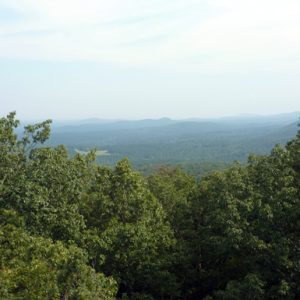
Fire towers: History with a view
In the Western United States, fire season generally runs from April to September. This year has seen historic fires. The largest wildfire on record in New Mexico started in the Gila National Forest in May, eventually growing to nearly 300,000 acres. A record heat wave in June helped spur the Waldo Canyon fire, Colorado’s most […]

Milkweed and metamorphosis
Earlier this summer, I visited a Uwharrie pitcher plant bog at the right time to spot an interesting wildflower in bloom – swamp milkweed (Asclepias incarnate). Similar to the bright orange butterfly weed seen on many roadsides, this version of milkweed is considerably taller, and instead of a vibrant sunset-orange color, it is a more […]
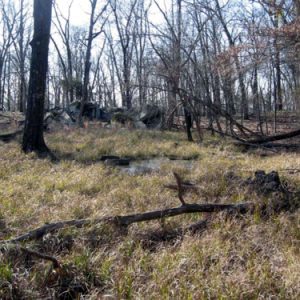
Niche habitats in the uplands
Hiking the ridgelines and hillsides of the Uwharries, you pass through forests dominated by hickory, oak and sourwood. There are large patches of knee-high blueberry bushes, and the herbaceous layer is sparse. On occasion, an attentive and adventurous outdoor enthusiast might also run across natural areas that change abruptly and appear remarkably different from this […]

Little-known fund conserves some treasured places
Where are you going this year for the Fourth of July? Hiking Western North Carolina’s Mount Mitchell, the highest peak east of the Mississippi? Camping in the Linville Gorge Wilderness Area of the Pisgah National Forest? Maybe you’ll spend the day trout fishing in the Great Smoky Mountain National Park, or drive the scenic Blue […]
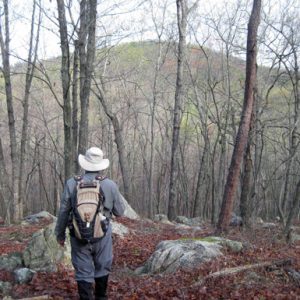
Conserving the places you will enjoy this vacation season
Where are you going for the 4th of July this year? Hiking the western North Carolina Mountains, where you could go for a hike up Mount Mitchell (the highest peak east of the Mississippi)? Camping in the Linville Gorge Wilderness Area of the Pisgah National Forest? You could plan on spending the day trout fishing […]

Restoring habitats: Start with a baseline inventory
Several years ago, when we were planning to change the way we manage some of our land, I happened to meet Bob Askins, a biology professor at Connecticut College and author of Restoring North America’s Birds: Lessons from Landscape Ecology. As we discussed my projects, he encouraged me to do a baseline inventory before we […]
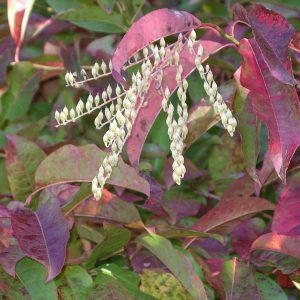
The abundant diversity of the hardwood forest
At first glance, Eastern hardwood forests seem a homogenous block of green, but if you train your eye and look closer, you’ll notice subtle differences. Wild North Carolina: Discovering the Wonders of Our State’s Natural Communities helps amateur naturalists do just that. Botanist Michael Schafale describes more than two dozen unique communities, several of which […]
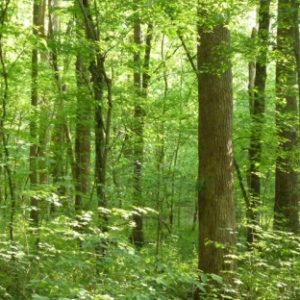
Photo journey through Uwharries hardwood forests
Photos by Ruth Ann Grissom Related article: The abundant diversity of the hardwood forest
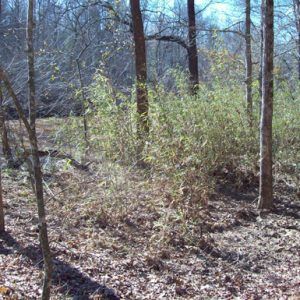
The loss of the great canebrakes
In February, The LandTrust for Central N.C. contracted with the N.C. Forest Service to conduct a prescribed burn on a portion of the Low Water Bridge Preserve. Approximately 250 acres were included in this burn area, and a main reason for this burn was to promote a particularly interesting species down along the river here […]
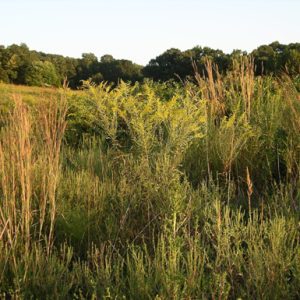
Rattlesnakes can lower your taxes: The Wildlife Conservation Land Program
The headquarters of the Internal Revenue Service in Washington bears a quote from former U.S. Supreme Court Justice Oliver Wendell Holmes: “Taxes are what we pay for civilized society.” Given the sticker shock many of us received when we opened our property revaluation notices, I imagine plenty of folks wouldn’t mind our society being a […]